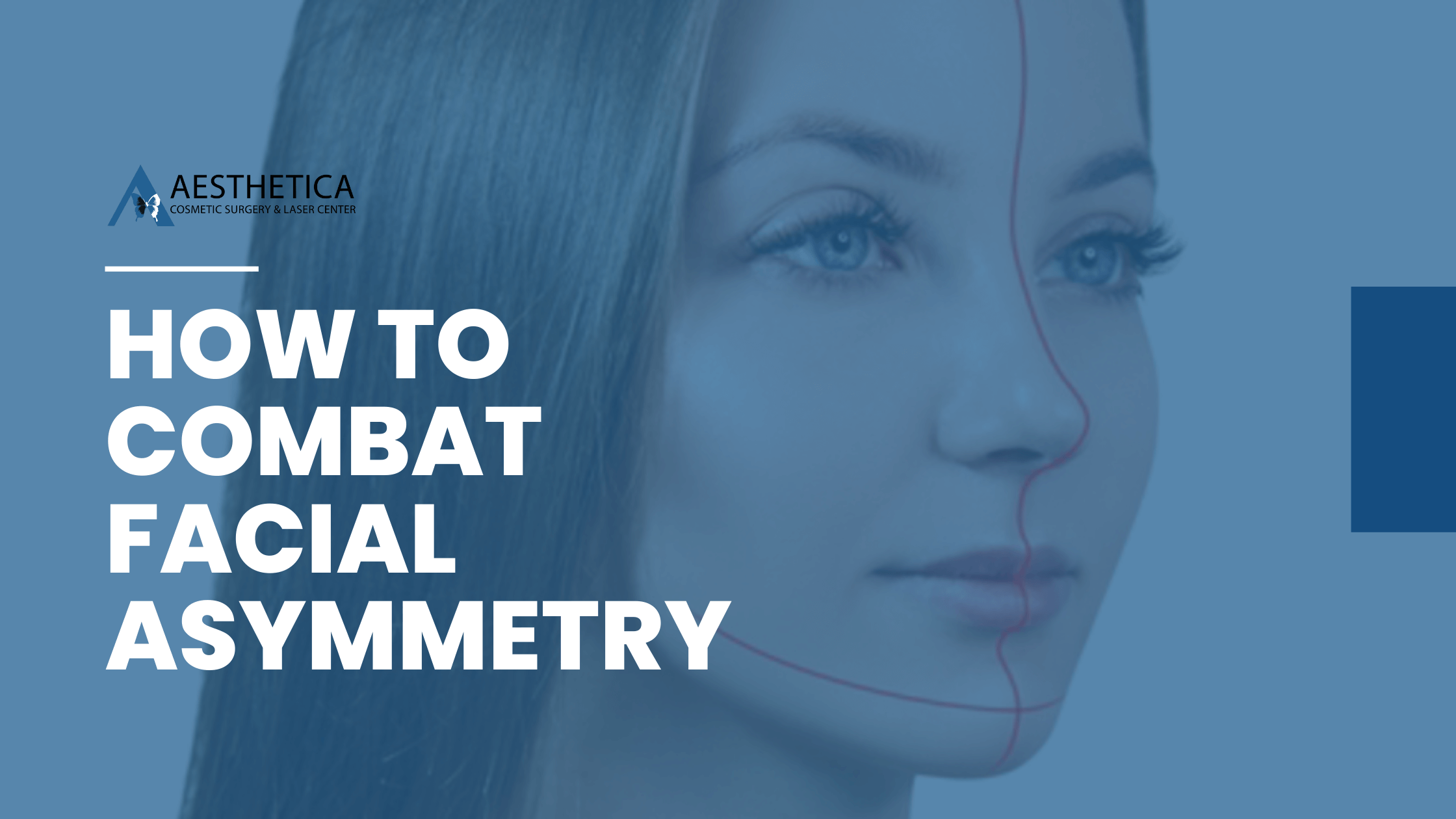
Facial asymmetry, a common concern for many, can impact self-esteem and how we interact with the world.
Whether you’ve noticed slight imbalances in your facial features or are looking for significant changes, understanding the options available is the first step.
From subtle tweaks with BOTOX to more pronounced changes through facelifts or the targeted use of fillers, there’s a solution tailored to your needs.
We’ll explore how these procedures work, their benefits, and what you can expect, helping you make informed decisions about your journey toward facial symmetry.
Let’s discover how you can achieve the balanced, confident look you desire.
What Causes Facial Asymmetry?
Facial asymmetry is a common phenomenon; in most cases, it’s a regular aspect of human anatomy.
No one has a perfectly symmetrical face; these subtle differences often contribute to each person’s unique charm. Sometimes, asymmetry can be more pronounced and may become a concern.
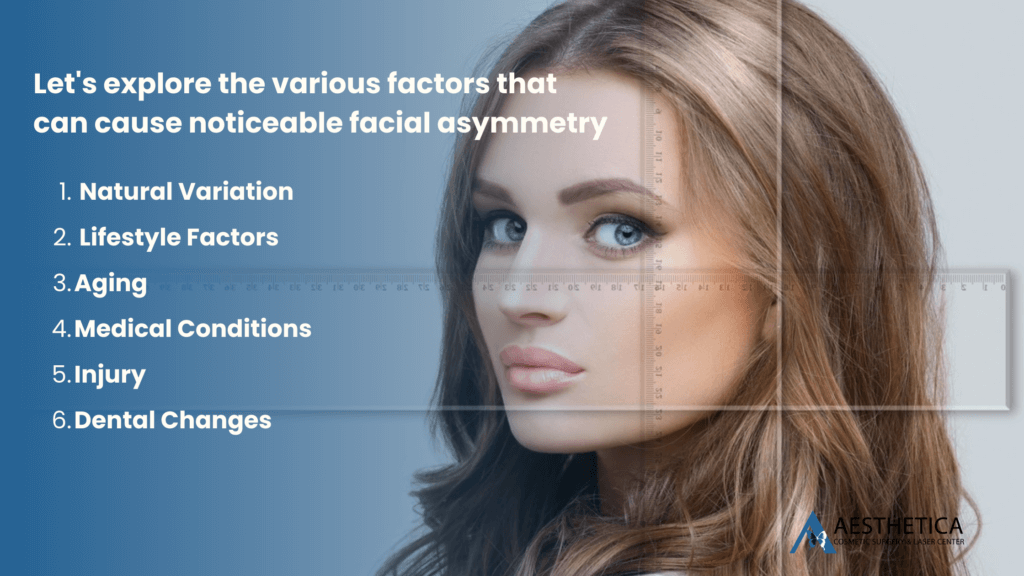
Let’s explore the various factors that can cause noticeable facial asymmetry:
- Natural Variation:
Just as we inherit eye color or hair texture, the symmetry of our faces is also influenced by genetics. Small variations in the way facial features develop can lead to asymmetry.
During growth, especially in the formative years, slight differences in the development of facial bones and muscles can result in asymmetry.
- Lifestyle Factors:
Consistently sleeping on one side of the face can, over time, slightly alter its shape.
A preference for chewing food on one side can lead to muscle development on that side, causing asymmetry.
- Aging:
Our skin loses elasticity as we age, and gravity can affect facial features differently on each side, leading to increased asymmetry.
Aging also leads to loss of fat and bone density in the face, which can occur unevenly.
- Medical Conditions:
Bell’s Palsy causes temporary paralysis of facial muscles, leading to asymmetry.
Issues with the temporomandibular joint can affect jaw alignment and muscle function.
- Injury:
Accidents or injuries to the face can result in bone structure or muscle function changes, leading to asymmetry.
- Dental Changes:
Changes in the dental structure, such as losing teeth or having misaligned teeth, can impact the face’s overall symmetry.
It’s important to remember that some degree of facial asymmetry is completely normal and usually not noticeable to others. When asymmetry is significant or if it affects your self-confidence, there are various cosmetic treatments available that help address these concerns.
Understanding the causes of facial asymmetry can help identify the best approach for correction, whether it’s a medical intervention for underlying conditions or cosmetic procedures to enhance aesthetic balance. Remember, the goal is to achieve a look that feels harmonious and authentic to you.
How Can I Tell if My Face Is Asymmetrical?
Noticing facial asymmetry is usually a subtle realization, as it’s often not pronounced enough to be immediately apparent.
However, if you’re curious about your face’s symmetry, you can use several methods and tips to observe and assess it.
The simplest way to check for asymmetry is by looking in a mirror. Focus on key features of your face, such as your eyes, ears, eyebrows, nose, and mouth. Compare each side of your face to see if there are noticeable differences. For example, one eye might appear slightly more prominent, or one side of your mouth might curve more than the other.
Sometimes, what we see in the mirror isn’t as accurate as a photograph. Take a front-facing photo of your face, ensuring the camera is level with your eyes and directly in front of you. This can provide a more objective view. You might notice subtle asymmetries in the photo you didn’t see in the mirror.
A more precise way to assess asymmetry is to use a photo of your face and draw a line down the center, from your forehead to your chin. Compare the two halves. Do the features on one side align with those on the other? This can highlight asymmetries, especially around the eyes, nose, or mouth.
Some apps and software can split your face into two halves and create a mirrored image of each side. This can be a striking way to see how your face would look if it were perfectly symmetrical, thus highlighting the natural asymmetries.
Asymmetry is not just about appearance but also function. Pay attention to whether you have difficulty moving one side of your face or consistently favor one side while chewing or smiling.
It’s crucial to remember that complete symmetry in faces is extremely rare. Most people have some degree of asymmetry, and it’s a normal part of being human. It only becomes a concern if it’s pronounced enough to affect your self-esteem or if it’s due to an underlying health issue.
By using these methods, you can get a better sense of the symmetry of your face. However, remember that slight imperfections and asymmetries often contribute to your unique appearance and character.
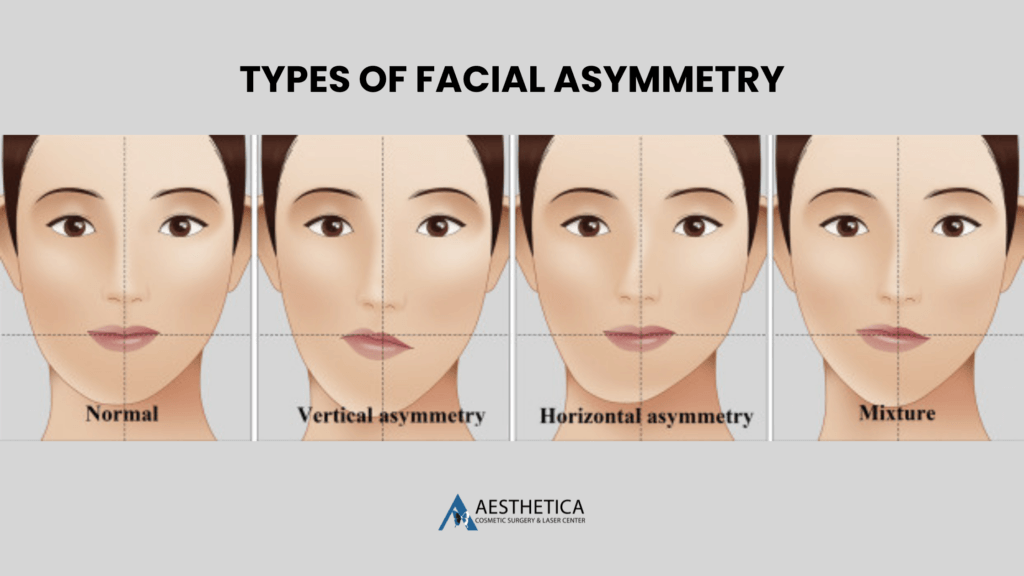
Can a Facelift Correct Asymmetry?
Various types of facelifts offer effective ways to address different types of facial asymmetry, particularly those caused by aging or sagging skin.
During a facelift, Dr. Chang tightens and repositions the skin and underlying tissues of the face, which can help in balancing out asymmetrical features. This is especially true for asymmetries related to sagging cheeks, jowls, or uneven jawlines.
It’s important to have realistic expectations; a facelift may not correct asymmetries related to bone structure or those present since birth.
Are Facelifts a Permanent Solution for Asymmetrical Faces?
While facelifts can significantly improve facial symmetry, they are not typically considered a permanent solution.
The results are long-lasting, but the natural aging process continues after surgery. Over time, the skin will naturally lose elasticity and sag, which might gradually bring back some asymmetry.
The effects of a facelift can last for many years, making it a durable option for those looking to address asymmetry caused by aging.
How Does BOTOX Address Facial Asymmetry?
BOTOX addresses facial asymmetry by relaxing specific muscles that contribute to the imbalance.
It’s particularly effective for asymmetries arising from uneven muscle contractions, such as one eyebrow sitting higher than the other or differences in the appearance of smile lines.
BOTOX can be strategically injected to relax overactive muscles on one side of the face, thereby aligning them more closely with the less active side.
The results from BOTOX are temporary and require periodic touch-ups to maintain a symmetrical appearance.
Are Fillers an Effective Option for Balancing Facial Features?
Fillers are another effective option for correcting facial asymmetry, particularly when it comes to soft tissue imbalances.
Fillers add volume to areas that may appear sunken or less full, such as one cheek being less prominent than the other, or to balance out lips or chin.
The precision with which fillers can be applied allows for subtle enhancements and corrections, making them a suitable choice for fine-tuning facial symmetry.
Like BOTOX, the effects of fillers are not permanent but can last several months to years, depending on the type of filler used.
Can I Combine Facelift, BOTOX, and Fillers for Improved Symmetry?
Combining a facelift and, later down the line, BOTOX and fillers lead to the best results for improving facial symmetry.
This comprehensive approach allows each treatment to address different aspects of asymmetry.
A facelift can correct sagging and provide a firmer foundation, BOTOX can address asymmetries due to muscle activity, and fillers can fine-tune and add volume where needed.
When performed in harmony, these treatments can complement each other, leading to a more balanced and aesthetically pleasing facial appearance.
It’s crucial to consult with Dr. Chang, who can assess your unique needs and devise a personalized treatment plan.

Take the First Step towards Perfecting Your Facial Symmetry!
Meet us at 19500 Sandridge Way, Suite 350, Leesburg, VA 20176, or call us at (703) 574-4342 for a complimentary consultation with Board-Certified Plastic Surgeon Dr. Phillip Chang before proceeding with your procedure. If everything matches up, our team will help you navigate the entire process from beginning to end. Also, remember to check out our blog and social media for more information on cosmetic surgery trends!
Let Us Help You!
Our office can provide you with helpful information, schedule a free consultation, and walk you through the many services and procedures we provide.
Contact Dr. Chang's Office:
More Articles For You

Navigating Cosmetic Options for Your Outie Vagina
Delving into the realm of personal aesthetics, especially concerning outie vaginas, involves exploring a variety
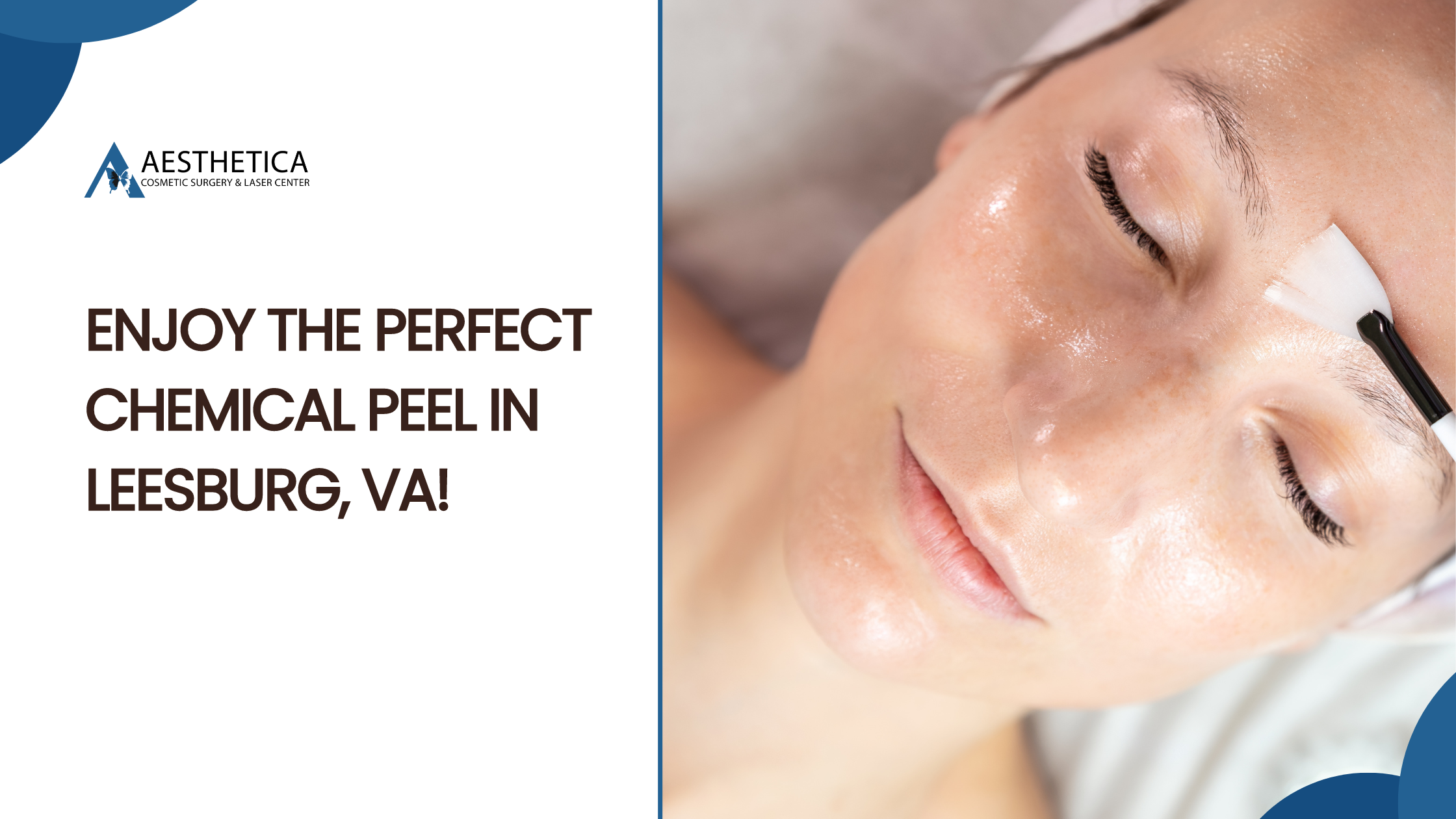
Enjoy the Perfect Chemical Peel in Leesburg, VA!
In the heart of Leesburg, VA, a transformative beauty experience awaits at Aesthetica, a premier

Find Your Glow: 7 Reasons Why Aesthetica Is the Best Microneedling Provider in Leesburg, VA!
In the quest for vibrant, youthful skin, microneedling has emerged as a cornerstone treatment, beloved
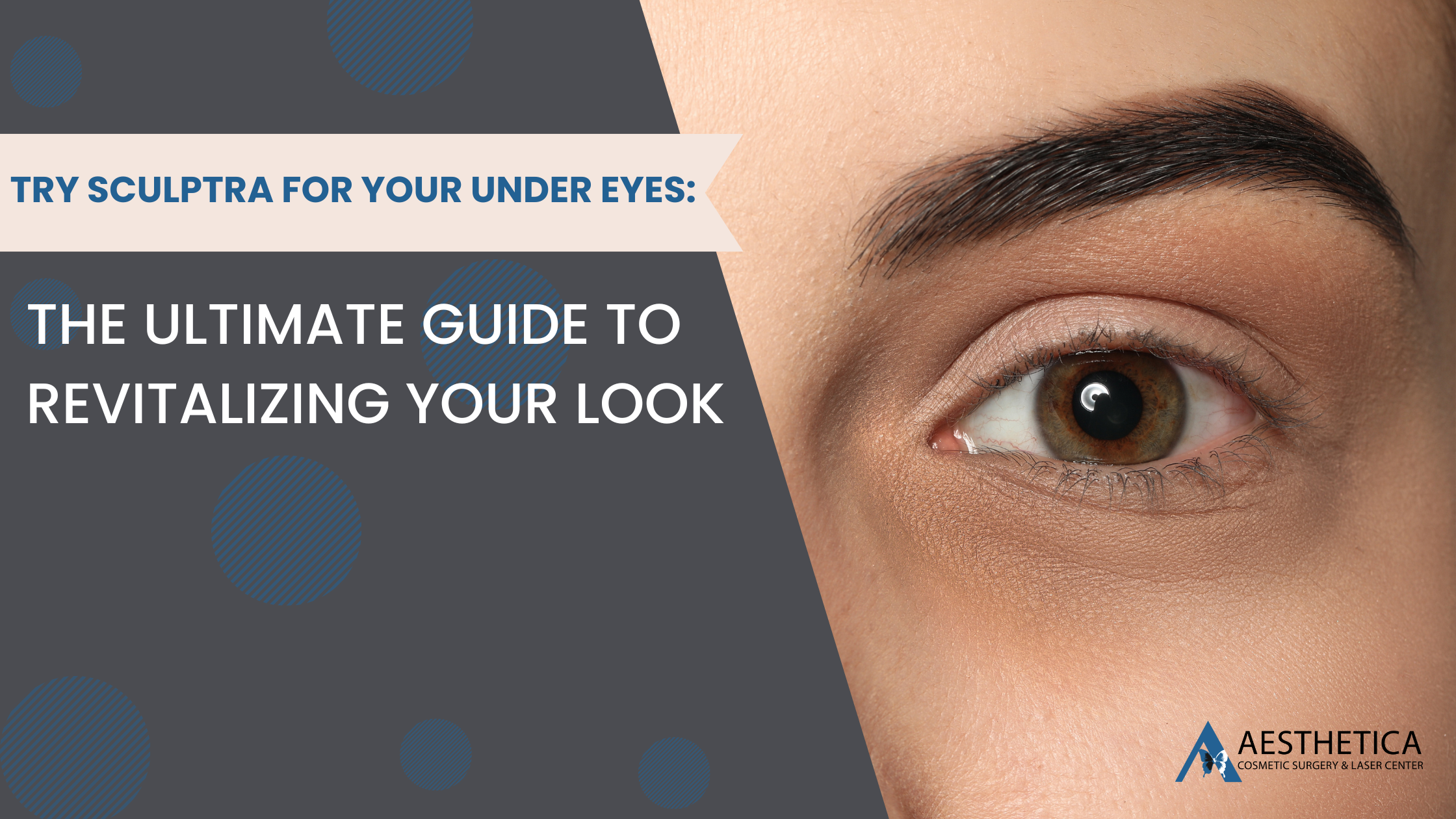
Try Sculptra for Your Under Eyes: The Ultimate Guide to Revitalizing Your Look
In aesthetic enhancements, Sculptra has emerged as a revolutionary treatment, especially for addressing concerns about

